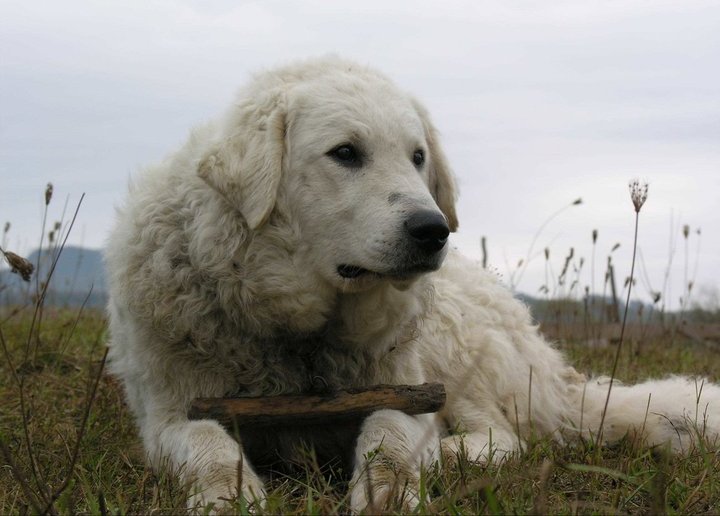
Let Me Tell You About the Nova Scotia Duck Tolling Retreiver
The Nova Scotia Duck Tolling Retriever—often just called a “Toller”—is a fiery little retriever with a big name and an even bigger personality 🔥🦆. Here's everything you need to know about this energetic, intelligent breed:
🐕 Breed Overview
| Trait | Details |
|---|---|
| Origin | Nova Scotia, Canada |
| Group | Sporting |
| Size | Medium |
| Height | 17–21 inches |
| Weight | 35–50 pounds |
| Life Span | 12–14 years |
| Coat | Medium-length, water-repellent double coat |
| Colors | Shades of red or orange with white markings |
| Nicknames | Toller, Little River Duck Dog |
🧠 Personality & Temperament
Intelligent & Trainable: Quick learners who thrive on mental stimulation
Affectionate & Loyal: Deeply bonded with their families
Energetic & Playful: Known for their “Toller scream” when excited
Alert & Responsive: Great watchdogs without being overly aggressive
🏃♂️ Exercise & Activities
High Energy: Needs vigorous daily exercise—fetch, swimming, hiking, agility
Great Swimmers: Webbed feet and water-repellent coat make them naturals
Tolling Instinct: Originally used to lure ducks by playing near water to attract curiosity
🧼 Grooming & Care
Grooming Needs: Regular brushing to manage shedding and maintain coat health
Health Considerations: Generally healthy but may be prone to autoimmune disorders and hip dysplasia
Living Environment: Best suited for active families with space to roam
📜 History & Origin
Developed in the early 19th century in Yarmouth County, Nova Scotia
Bred to mimic the playful movements of foxes to lure waterfowl within shooting range—a technique called “tolling”
Officially recognized by the Canadian Kennel Club in 1945 and by the AKC in 2003
🏅 Fun Facts
Smallest of all retriever breeds
Declared the provincial dog of Nova Scotia in 1995
Often mistaken for a small Golden Retriever—but with a lot more bounce
If you're looking for a dog that’s as smart as it is sporty, the Toller might just be your perfect match.
references: www.akc.org, www.thesprucepets.com































